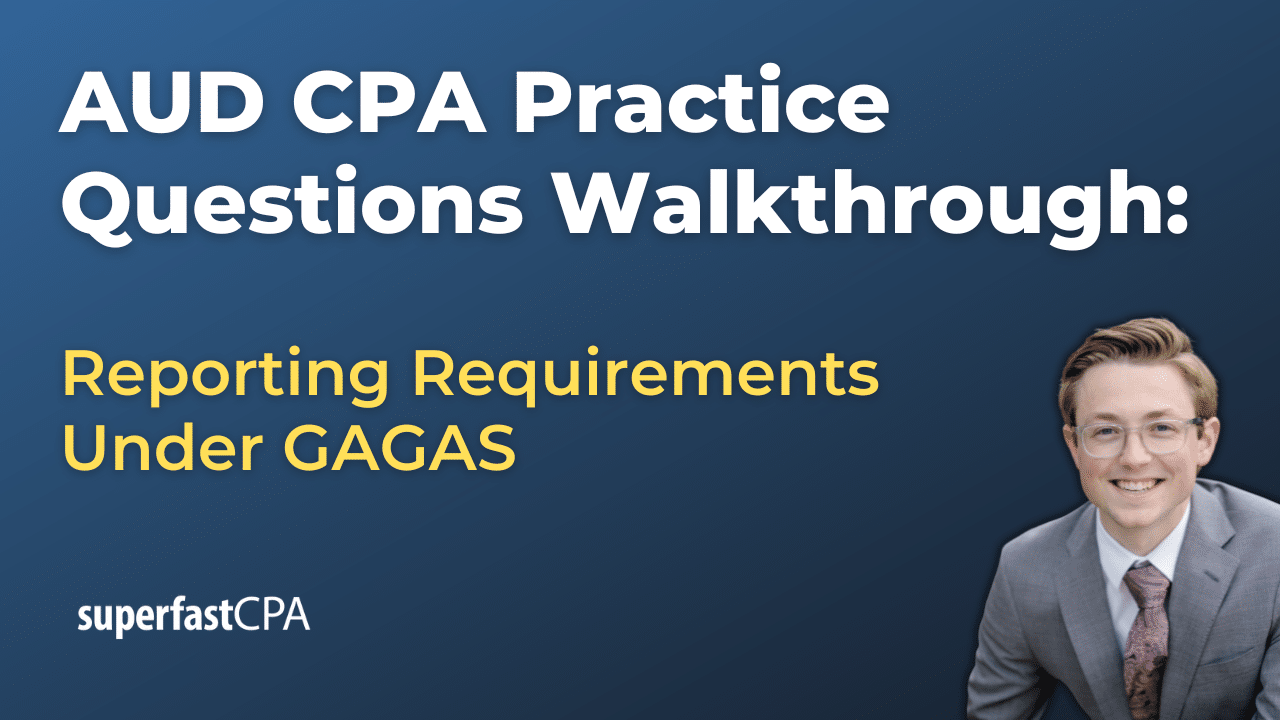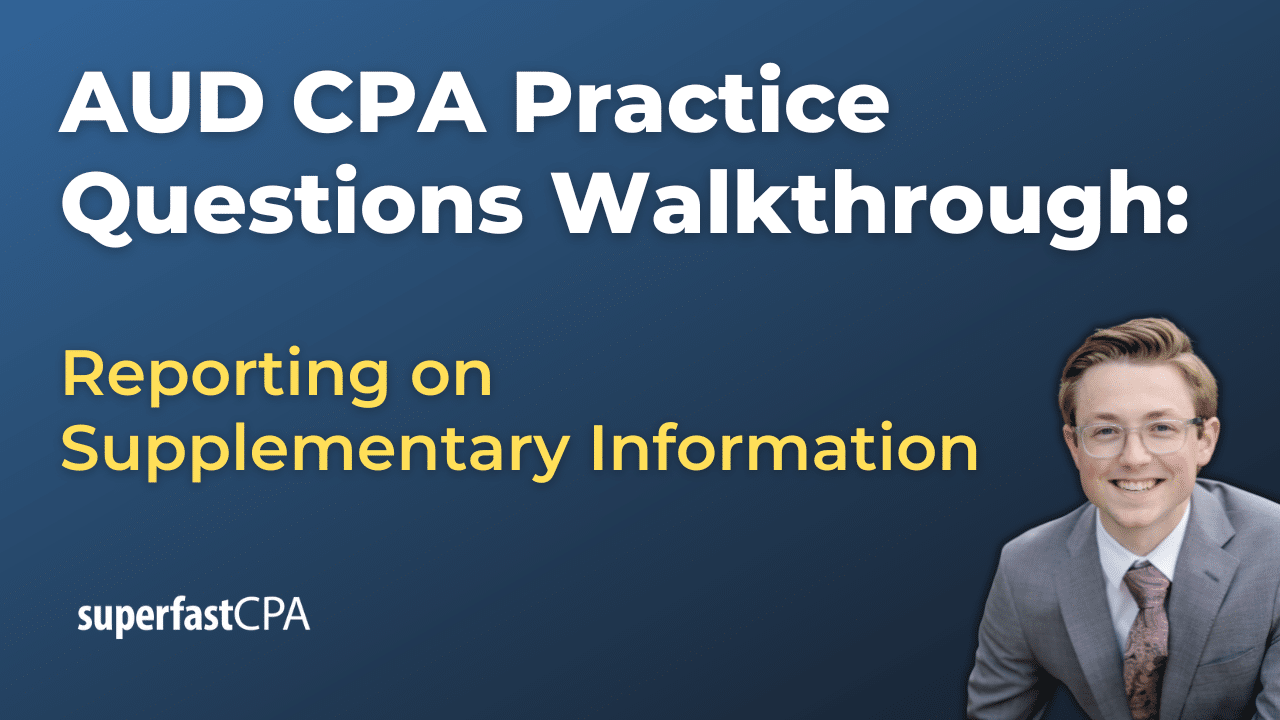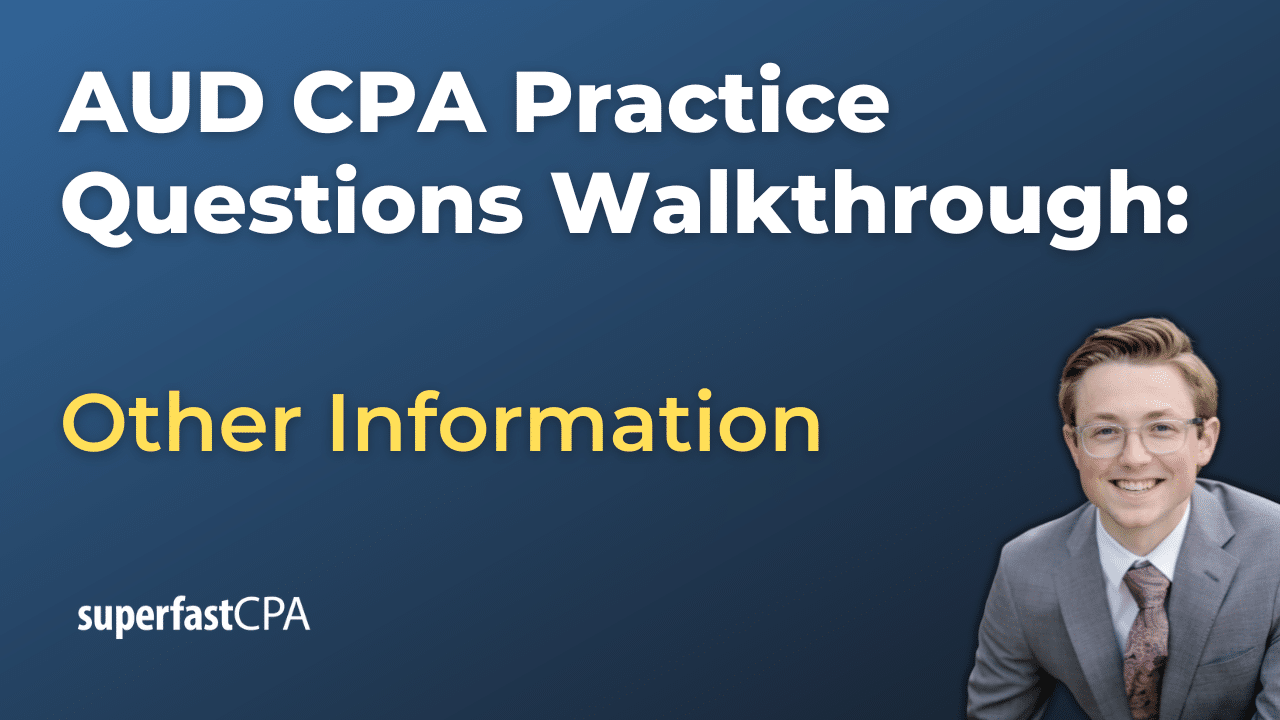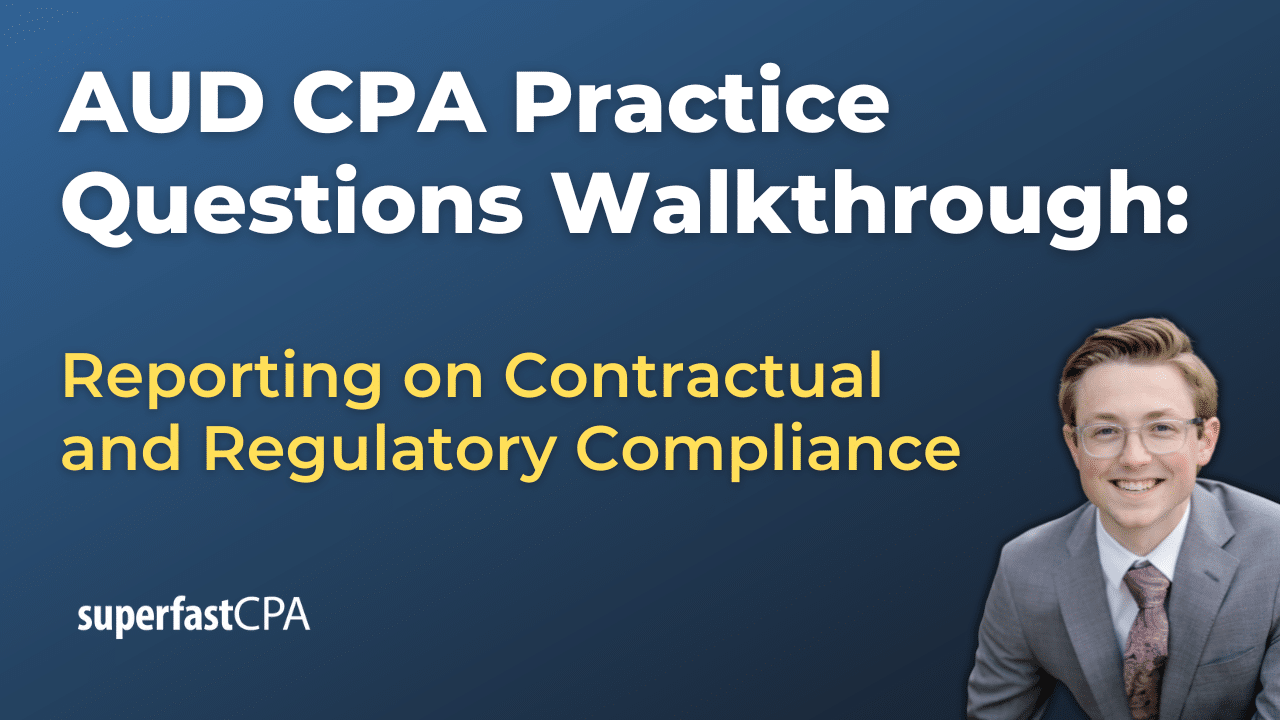In this video, we walk through 5 AUD practice questions teaching about subsequent events. These questions are from AUD content area 3 on the AICPA CPA exam blueprints: Performing Further Procedures and Obtaining Evidence
The best way to use this video is to pause each time we get to a new question in the video, and then make your own attempt at the question before watching us go through it.
Also be sure to watch one of our free webinars on the 6 “key ingredients” to an extremely effective & efficient CPA study process here…
Subsequent Events
One key responsibility when auditing financial statements is evaluating events that occur after the balance sheet date but before the issuance of the financial statements. These are known as subsequent events. The auditor must determine whether these events require adjustment to the financial statements or disclosure in the footnotes.
According to U.S. GAAP (ASC 855), subsequent events fall into two categories: recognized and nonrecognized. The distinction depends on whether the underlying conditions existed at the balance sheet date.
Categories of Subsequent Events
Recognized Subsequent Events
Recognized subsequent events provide additional evidence about conditions that existed at the end of the reporting period. These events require adjustment to the financial statements.
Nonrecognized Subsequent Events
Nonrecognized subsequent events relate to conditions that arose after the balance sheet date. These events do not require adjustment but may require disclosure if they are material to users of the financial statements.
Audit Procedures for Identifying Subsequent Events
Auditors perform specific procedures to identify and evaluate subsequent events. These procedures include:
- Reviewing board of directors’ meeting minutes occurring after the balance sheet date
- Inquiring of management and legal counsel regarding significant events
- Reviewing interim financial statements and performance data
- Analyzing transactions or developments occurring after year-end that may impact the financials
Examples of Subsequent Events
Bankruptcy of a Major Customer
If a customer declares bankruptcy on January 4 following year-end, and evidence of its deteriorating financial condition was present throughout the prior year, the bankruptcy is a recognized subsequent event. Because the condition existed as of December 31, the loss should be reflected in the financial statements.
Fire Destroying a Warehouse
If a warehouse is destroyed in a fire on February 1 and was fully operational at year-end, this is a nonrecognized subsequent event. Since the condition (fire) did not exist at year-end, no adjustment is required. However, disclosure is appropriate if the loss is material.
Declaration of a Stock Dividend
If the board declares a stock dividend on January 15 to be distributed in March, it is not a recognized or disclosable subsequent event. The declaration occurred entirely after the reporting date and does not reflect a prior existing condition.
Legal Judgment After a Pre–Year-End Lawsuit
If a company is involved in litigation filed in November, and a judgment is issued on February 10 requiring payment, this is a recognized subsequent event. The underlying condition existed at year-end, and the judgment confirms the liability, which must be recorded in the financial statements.
Disclosures for Nonrecognized Subsequent Events
Nonrecognized events may require disclosure if they are material to users of the financial statements. These disclosures should include the nature of the event and an estimate of its financial effect, or a statement that such an estimate cannot be made.
Examples of nonrecognized but disclosable events include:
- Natural disasters
- Major business combinations or acquisitions
- Announcements of large restructurings or layoffs
- Loss of a significant customer or supplier
Summary
Auditors must evaluate subsequent events occurring between the balance sheet date and the date the financial statements are issued. Events that provide evidence of conditions existing at the balance sheet date must be recognized in the financials. Events arising after year-end that are material should be disclosed if their omission would make the financial statements misleading.
Understanding which events to recognize and which to disclose is essential for ensuring transparent and accurate financial reporting.














